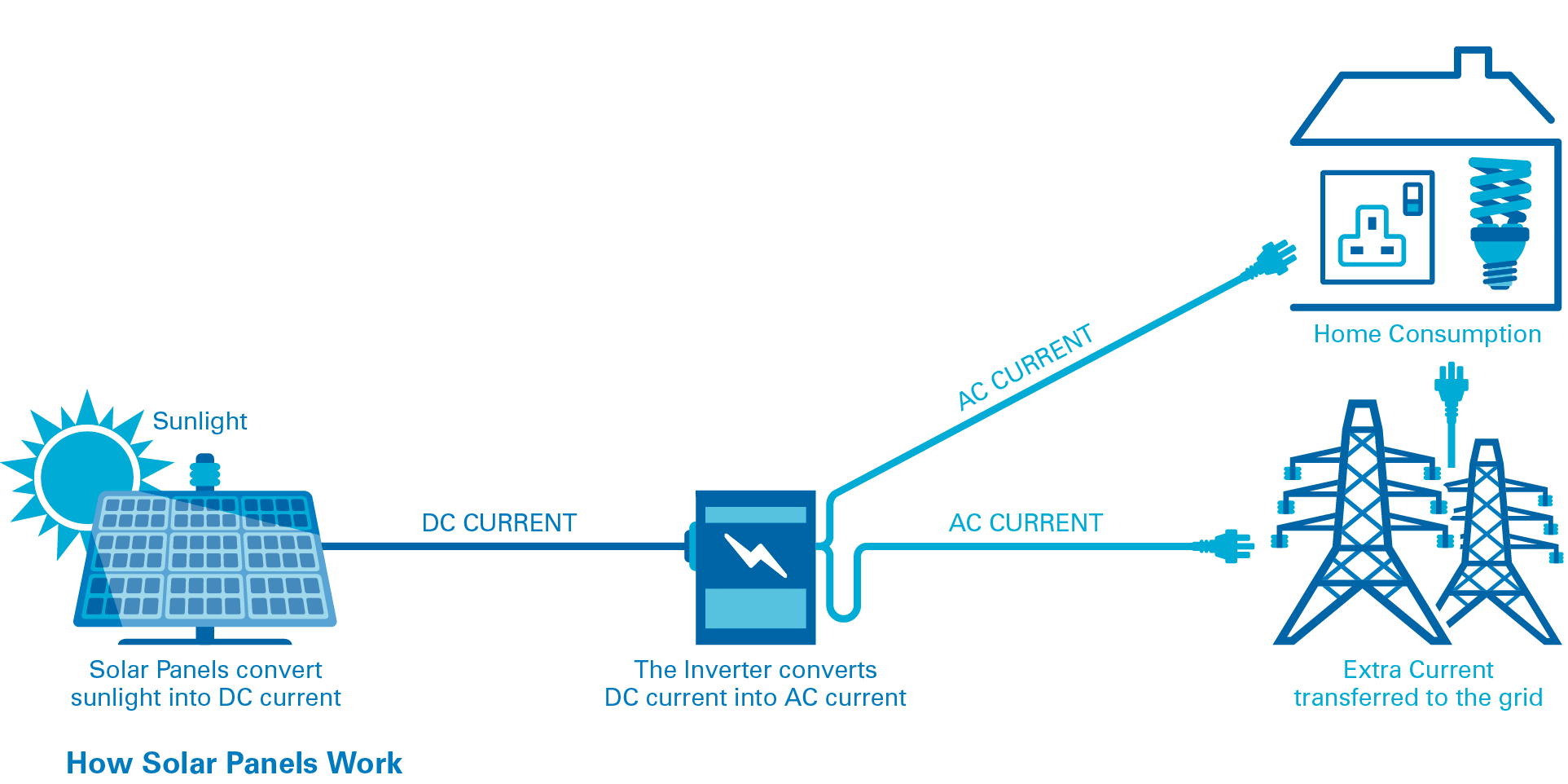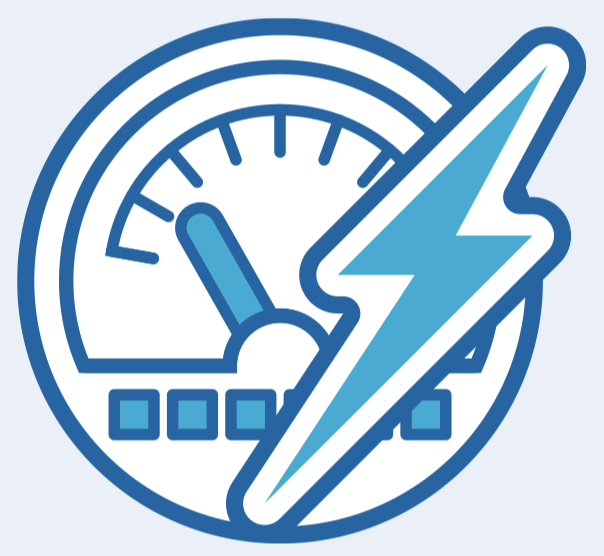About Solar PV
In domestic settings it is more common for PV to be installed in roof-arrays rather than ground mounted solar installations. A roof-array installation sits on top or within the dwellings roof structure whilst ground mounted arrays are installed on freestanding structures on the ground. A good example of an in-roof PV array installation, where your tiles are removed and replaced by the solar panels can be seen in picture 1.
It is best to install a PV array in un-shaded areas. In the Northern Hemisphere PV arrays should be South Facing to optimise their yearly power output. Solar panels generate Direct Current (DC) electrical power and require an inverter to convert this into a usable form. The inverter will convert the DC power into Alternative Current (AC) power that can be used in the home or supply the mains grid in grid connected installations.






